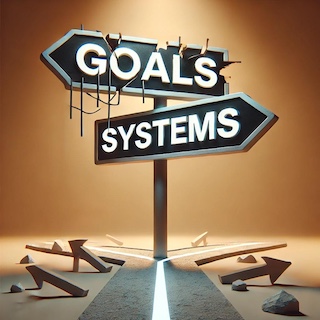How to Determine Your Personal Vision and Purpose
In today’s fast-paced world, it’s easy to find ourselves jumping from one opportunity to another, driven by urgency or emotion rather than intention. Recently, I’ve worked with several CEOs and senior leaders who have approached me seeking guidance on their personal career plans. They’re grappling with questions like:
- “What’s my next move?”
- “Am I on the right path?”
- “What should I be doing to achieve long-term success?”
The answers to these questions often lie in something deeper: your personal vision and purpose. Just as businesses thrive when they define their vision, purpose, and goals, individuals flourish when they apply the same discipline to their own lives.
Why Vision and Purpose Matter
Your personal vision and purpose act as your North Star. They provide clarity, focus, and direction. When life throws you options and challenges, they become your guide, helping you determine whether to say “yes,” “no,” or “not now.”
Without a clear vision, it’s easy to fall into a reactive mode, driven by the emotions of the moment. With one, you start to make decisions that align with what truly matters to you, avoiding distractions and unnecessary detours.
Dream Big. Think Audaciously.
The key to defining your personal vision is to think beyond constraints. Dream big. Imagine a future where failure isn’t an option. Ask yourself:
- Where do I want to be in 5 years? In 10 years?
- Why do I want to be there?
This is where the magic happens. Your vision should be bold and exciting. It doesn’t have to be perfect or entirely clear, but it should inspire you and provide a sense of purpose.
Aligning Vision with Purpose
Once you’ve outlined your vision, the next step is to connect it with your purpose – your “why.” Why do you want to achieve this? What drives you?
For example, I recently worked with a physician leader who initially believed her long-term vision was to own and run her own practice. However, as we dug deeper, we discovered that her true passion was shaping patient care and having time to work directly with patients, not the administrative and financial demands of running a practice. This insight shifted her focus and defined the roles she should pursue next.
Building Your Roadmap
With your vision and purpose in place, it’s time to work backward. Define the steps you need to take over time to achieve your goals:
- Three to Five Years: What milestones will set you on the path to your vision?
- One Year: What specific achievements will build toward those milestones?
- Next Quarter: What immediate actions will get the ball rolling?
Breaking your vision into manageable chunks not only makes it actionable but also builds momentum.
Your Homework
If you’re ready to uncover your personal vision and purpose, start here:
- Define Your Vision: Think big and bold: what does success look like for you in five years? What kind of work are you doing, where are you doing it, and how does it align with what excites and motivates you?
- Clarify Your Why: Dig deep into why this vision is meaningful to you. What passion or drive fuels this goal?
- Start Backward Planning: Once your vision and “why” are clear, map out the steps you need to take to bring this vision to life, starting with your long-term milestones and breaking them dow
- n into short-term actions.
Final Thoughts
Your personal vision and purpose are powerful tools. They give you clarity in decision-making and the confidence to pursue what truly matters. By taking the time to articulate them, you’ll create a roadmap for success, one that’s uniquely yours.
If you’re curious to learn more about how to craft a vision and purpose that aligns with your career and life goals, I’d love to help. Sometimes, the hardest part is simply getting started.







